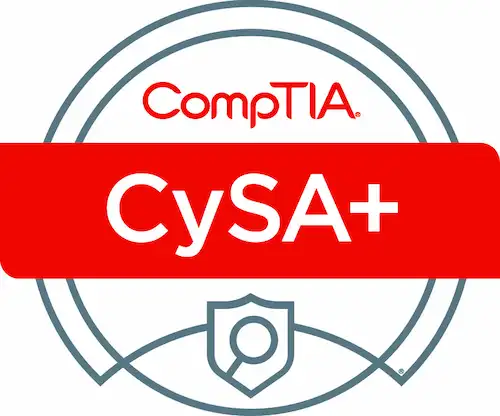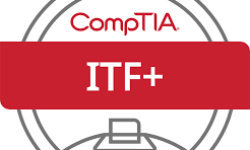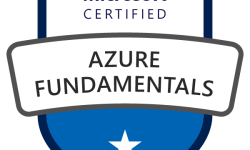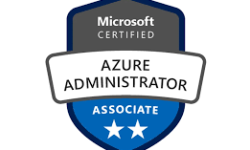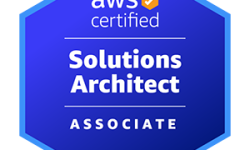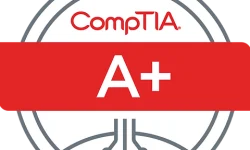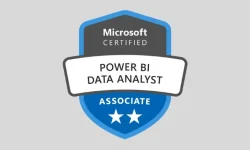Course Outline
Lesson 1 - Explain the importance of system and network architecture concepts in security operations
- Introduction (10 Questions)
- Log Ingestion
- Operation System (OS) Concepts
- Infrastructure Concepts
- Network Architecture
- Identity and Access Management
- Encryption
- Sensitive Data Protection
- Labs
- Exam Preparation Tasks (10 Questions)
- Introduction (10 Questions)
- Network-Related Indicators of Compromise
- Host-Related Indicators of Compromise
- Application-Related Indicators of Compromise
- Other Indicators of Potentially Malicious Activity
- Labs
- Exam Preparation Tasks (10 Questions)
- Introduction (10 Questions)
- Tools
- Common Techniques
- Programming Languages and Scripting
- Labs (1 Question)
- Exam Preparation Tasks (10 Questions)
- Introduction (10 Questions)
- Threat Actors
- Tactics, Techniques, and Procedures (TTP)
- Confidence Levels
- Collection Methods and Sources
- Threat Intelligence Sharing
- Threat Hunting
- Exam Preparation Tasks (10 Questions)
- Objective 1.5 (10 Questions)
- Standardize Processes
- Streamline Operations
- Technology and Tool Integration
- Single Pane of Glass
- Labs (1 Question)
- Exam Preparation Tasks (10 Questions)
- Introduction (10 Questions)
- Asset Discovery
- Special Considerations
- Internal vs External Scanning
- Agent vs Agentless
- Credentialed vs Non-Credentialed
- Passive vs Active
- Static vs Dynamic
- Critical Infrastructure
- Security Baseline Scanning
- Industry Frameworks
- Labs (1 Question)
- Exam Preparation Tasks (10 Questions)
- Introduction (10 Questions)
- Tools
- Labs (1 Question)
- Exam Preparation Tasks (10 Questions)
- Introduction (10 Questions)
- Common Vulnerability Scoring System (CVSS) Interpretation
- Validation
- Context Awareness
- Exploitability/Weaponization
- Asset Value
- Zero Day
- Exam Preparation Tasks (10 Questions)
- Introduction (16 Questions)
- Cross-site Scripting
- Overflow Vulnerabilities
- Data Poisoning
- Broken Access Control
- Cryptographic Failures
- Injection Flaws
- Cross-Site Request Forgery
- Directory Traversal
- Insecure Design
- Security Misconfiguration
- End-of-Life or Outdated Components
- Identification and Authentication Failures
- Server-side Request Forgery
- Remote Code Execution
- Privilege Escalation
- Local File Inclusion (LFI)/Remote File Inclusion (RFI)
- Labs
- Exam Preparation Tasks (10 Questions)
- Introduction (12 Questions)
- Compensating Control
- Control Types
- Patching and Configuration Management
- Maintenance Windows
- Exceptions
- Risk Management Principles
- Policies, Governance, and Service-level Objectives (SLOs)
- Prioritization and Escalation
- Attack Surface Management
- Secure Coding Best Practices
- Secure Software Development Life Cycle (SDLC)
- Threat Modeling
- Labs
- Exam Preparation Tasks (10 Questions)
- Introduction (10 Questions)
- Cyber Kill Chains
- Diamond Model of Intrusion Analysis
- MITRE ATT&CK
- Open Source Security Testing Methodology Manual (OSS TMM)
- OWASP Testing Guide
- Labs
- Exam Preparation Tasks (10 Questions)
- Introduction (10 Questions)
- Detection and Analysis
- Containment, Eradication, and Recovery
- Labs (4 Questions)
- Exam Preparation Tasks (10 Questions)
- Introduction (10 Questions)
- Preparation
- Post-Incident Activity
- Labs
- Exam Preparation Tasks (10 Questions)
- Introduction (10 Questions)
- Vulnerability Management Reporting
- Compliance Reports
- Action Plans
- Inhibitors to Remediation
- Metrics and Key Performance Indicators (KPIs)
- Stakeholder Identification and Communication
- Labs (4 Questions)
- Exam Preparation Tasks (10 Questions)
- Introduction (10 Questions)
- Stakeholder Identification and Communication
- Incident Declaration and Escalation
- Incident Response Reporting
- Communications
- Root Cause Analysis
- Lessons Learned
- Metrics and KPIs
- Labs (2 Questions)
- Exam Preparation Tasks (10 Questions)
- CompTIA CySA+ Certification Practice Test
- Scheduling and Information (1 Question)
- Appendix A – Answers to the “Do I Know This Already?” Quizzes and Review Questions
- Appendix B – Memory Tables
- Appendix C – Memory Tables Answer Key
- Appendix D – Study Planner

